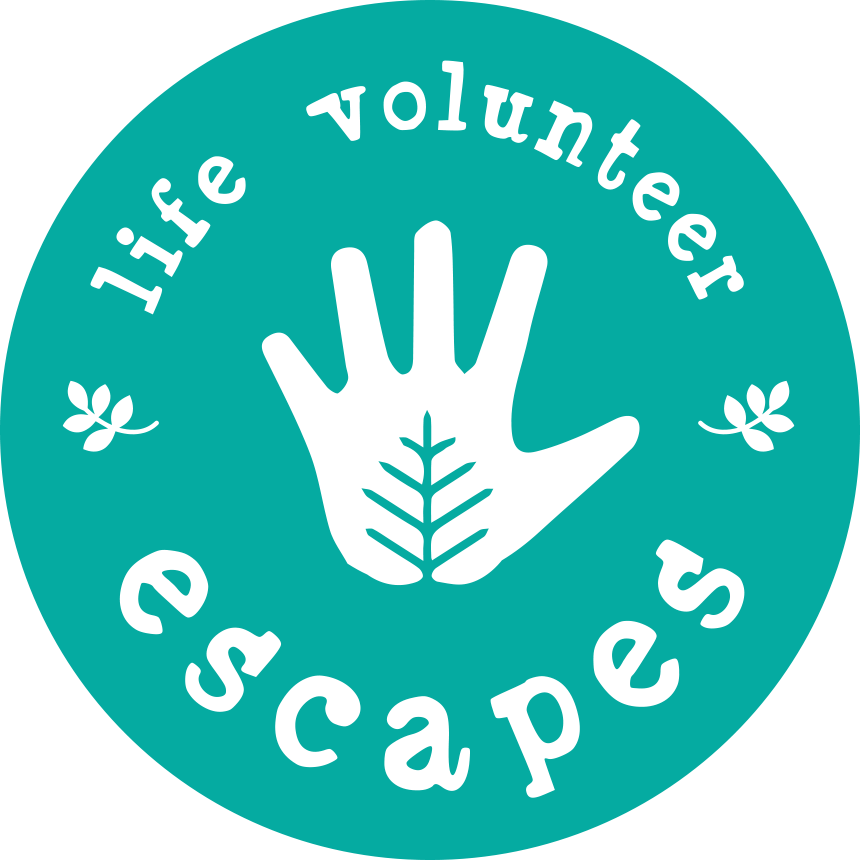The programme was developed to assess the training and competences provided to volunteers, the training of participating organisations, and the value of the conservation work carried out. Therefore, as in all LIFE projects, it is expected to demonstrate a group of concrete deliverables, which will illustrate the fulfilment of the outlined indicators, by relating to the increase in socioeconomic awareness, capacity, and outcomes resulting from the project.
The project foresees the deployment of 175 volunteers, the acquisition of new competences by the deployed volunteers, with an overall satisfaction rate of at least 80%. Regarding organisations, it is expected that they will bolster nature conservation cooperation, by involving at least 105 external organisations (public and private). It is expected that nature conservation efforts will be more farreaching – or at least, cover 91 ha of relevant habitats (87 of which fall within the Natura 2000 network). This will contribute to the control and eradication of invasive species in at least 69 ha of relevant habitats. In addition, it will raise awareness and involve at least 3870 individuals, as well as organisations involved in nature conservation (including 38 private companies, 47 public companies or non-profit organisations, as well as 20 property owners). More wide-ranging and long-lasting results are foreseen in the general public, through a TV series, which is expected to be seen by at least 500,000 individuals.
In light of all of the above it is also expected that the project activities will be replicated and/or transferred to other stakeholders who could benefit from the latter, an international scope therefore being possible, as part of a joint work network deriving from the LIFE ELCN project, in which MONTIS is a beneficiary.

